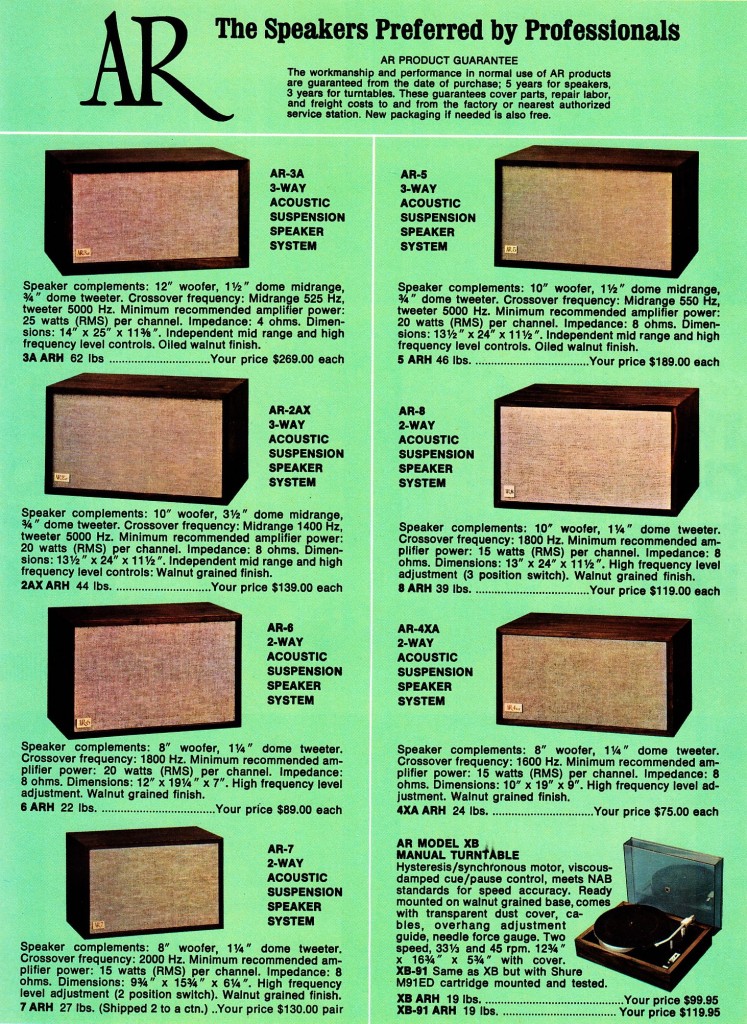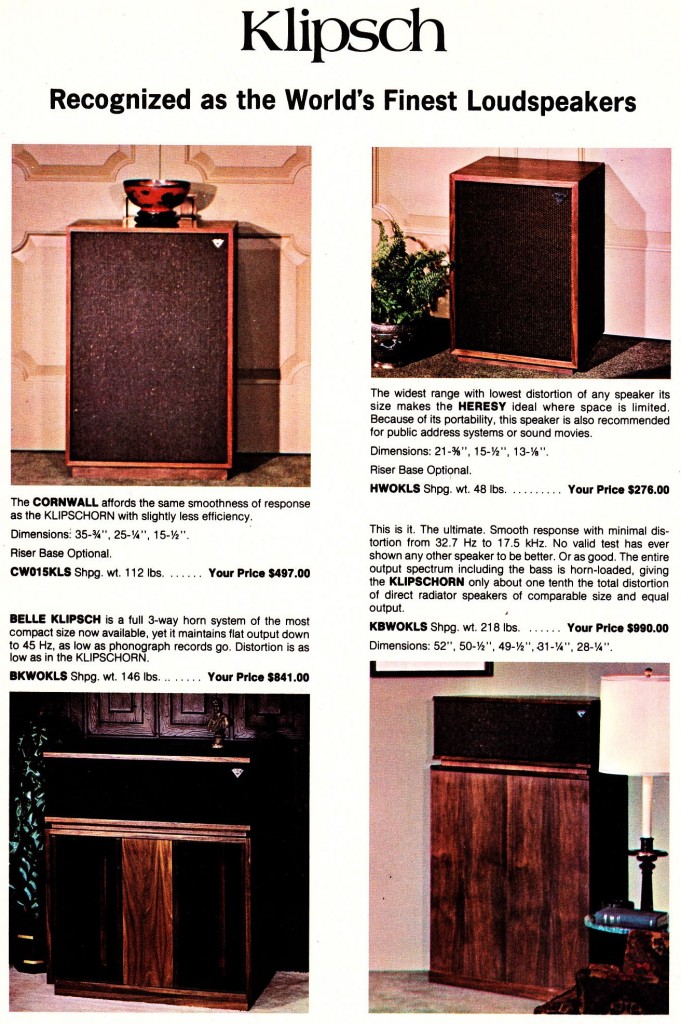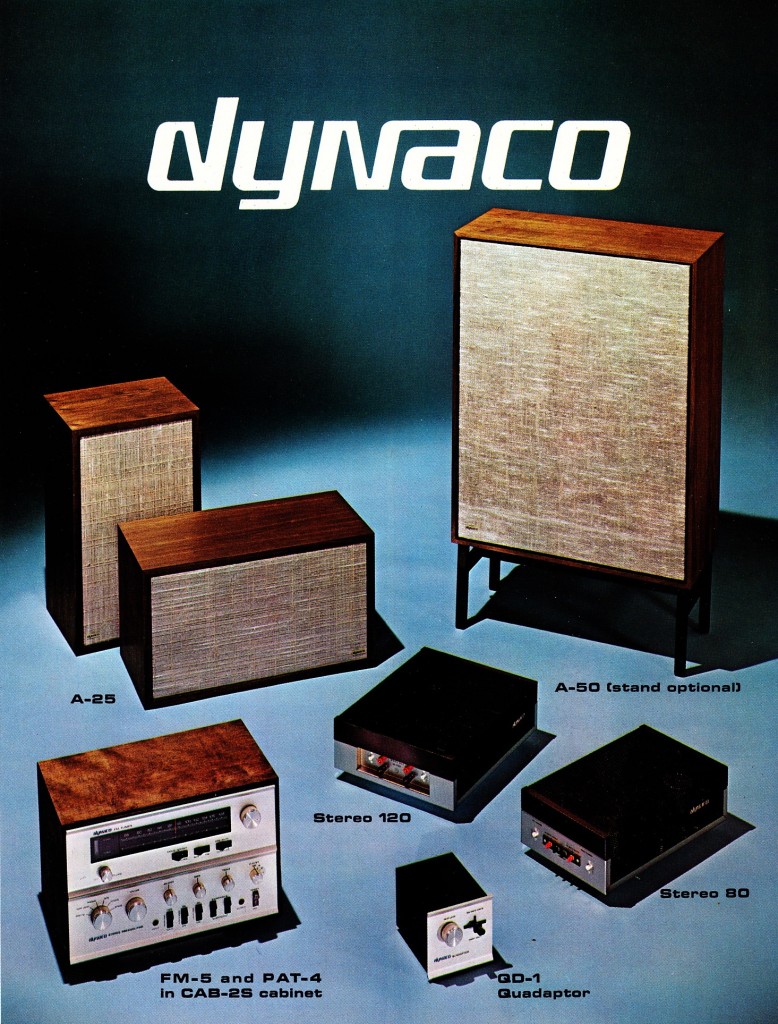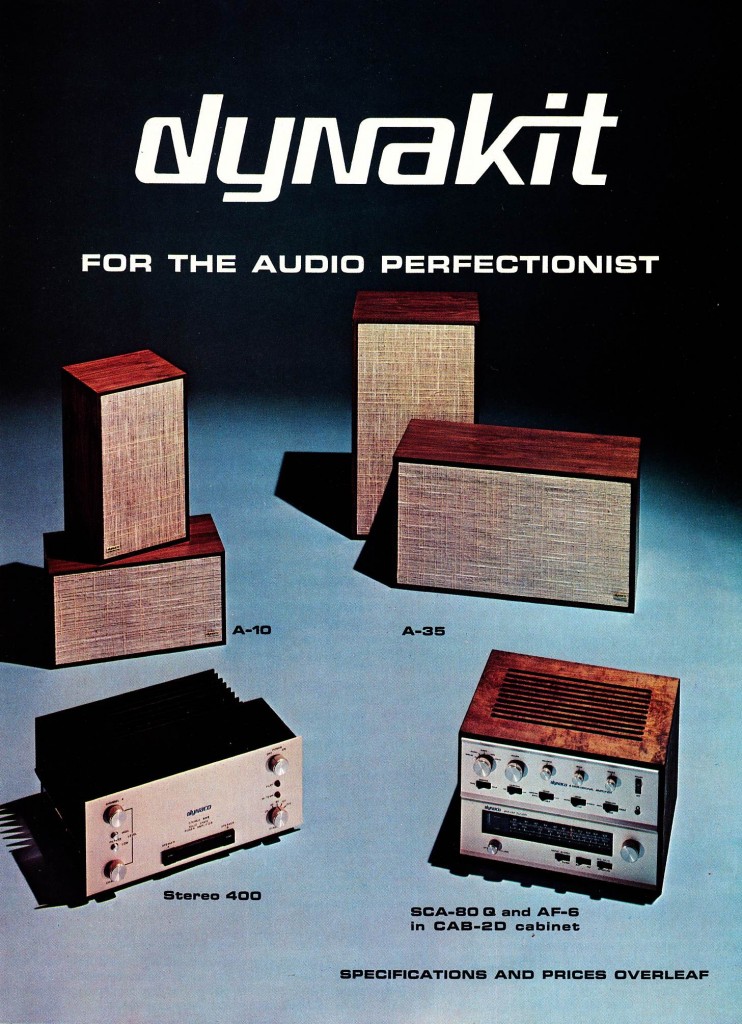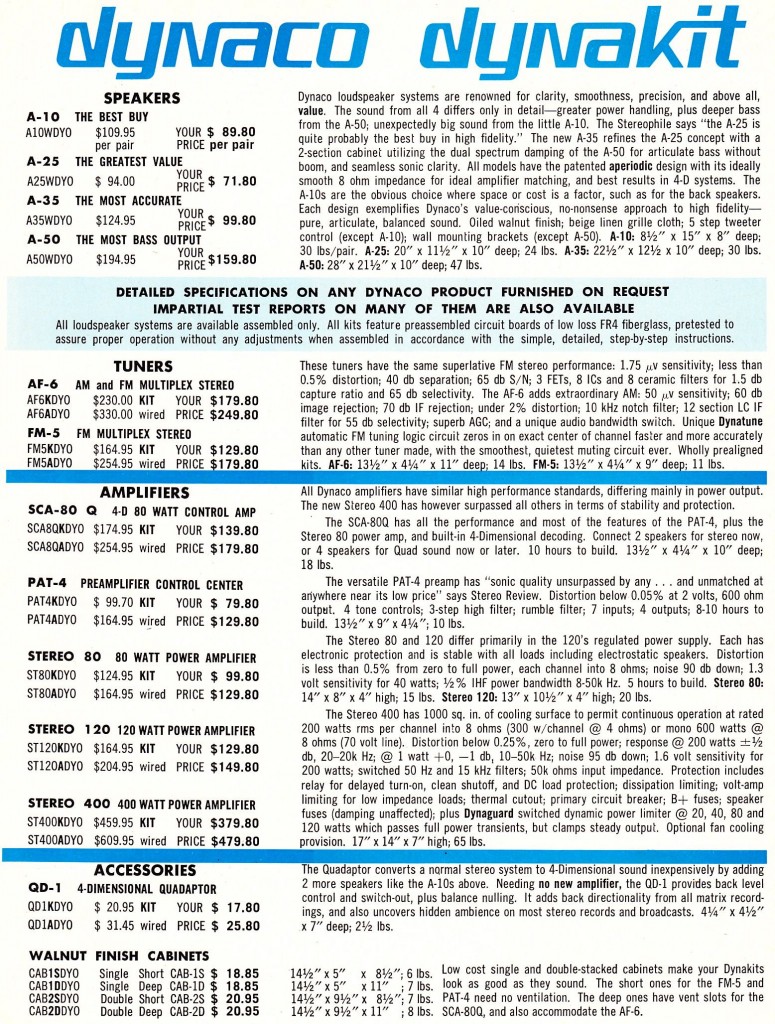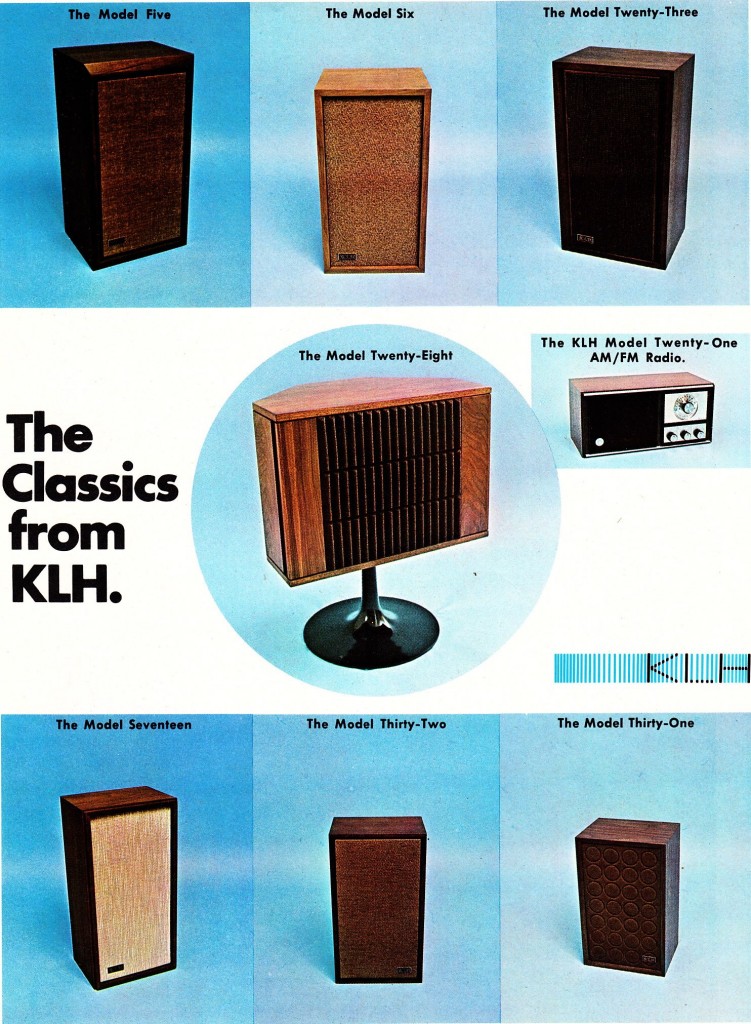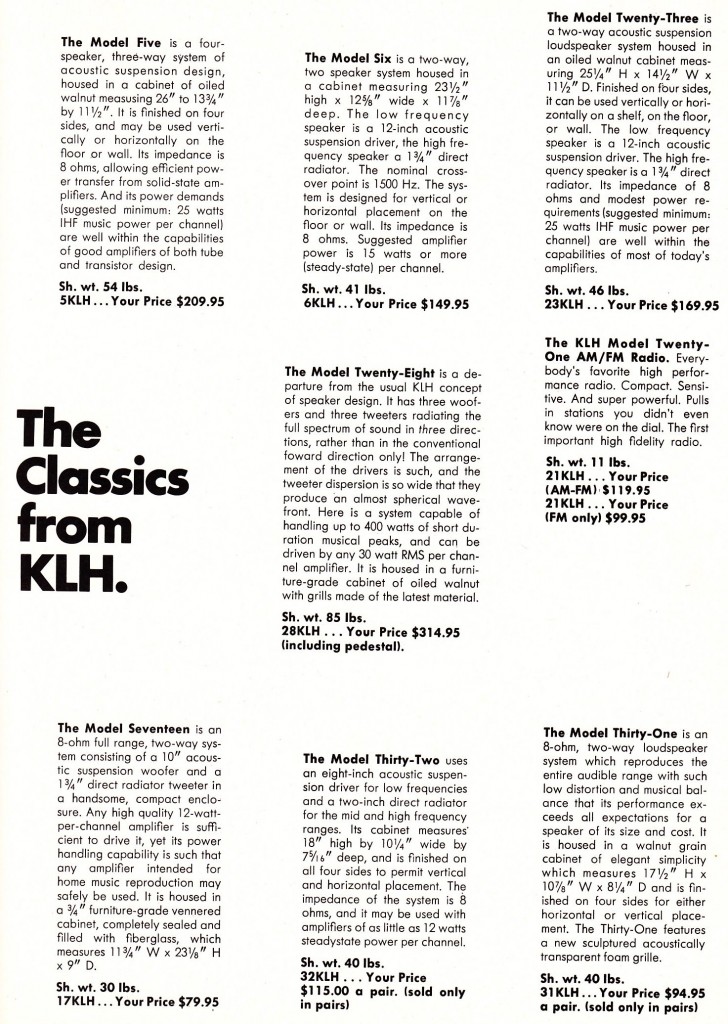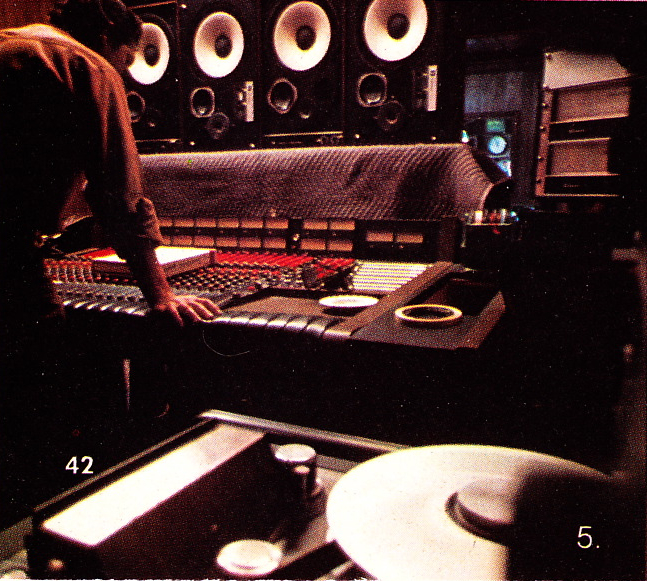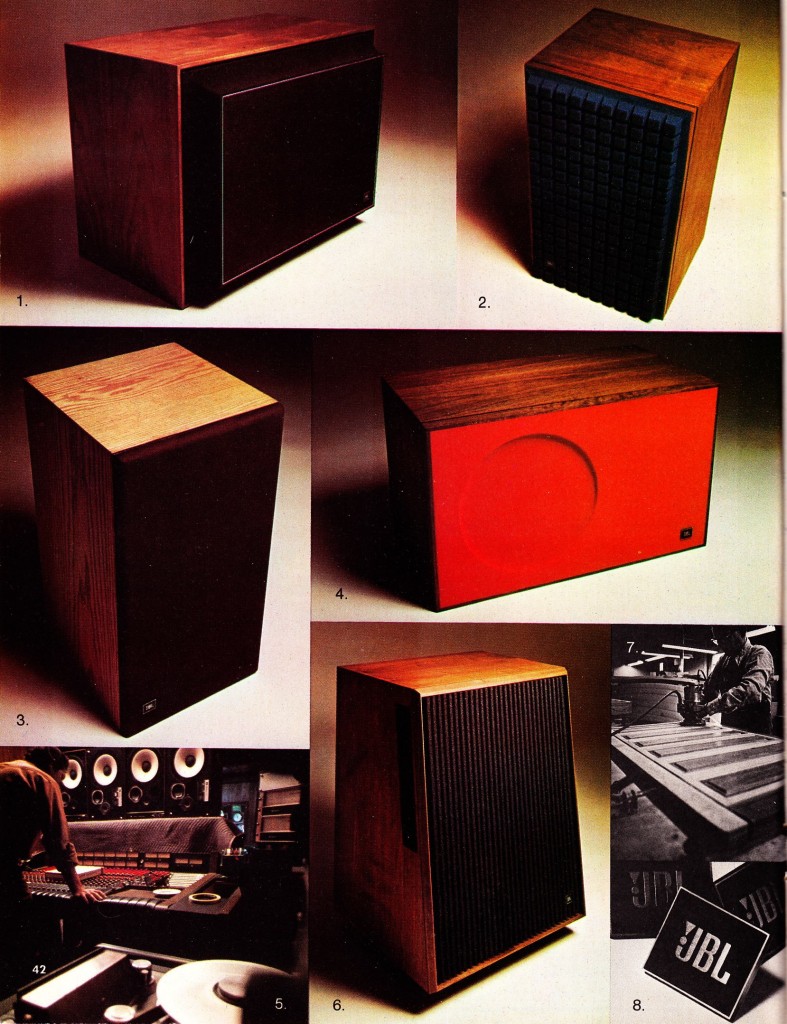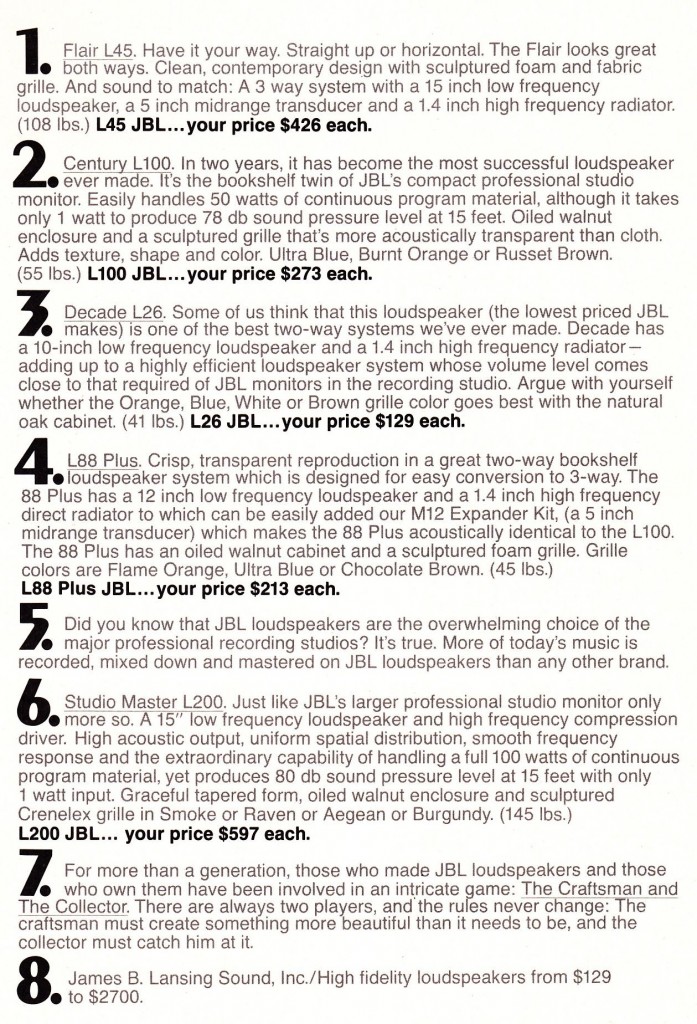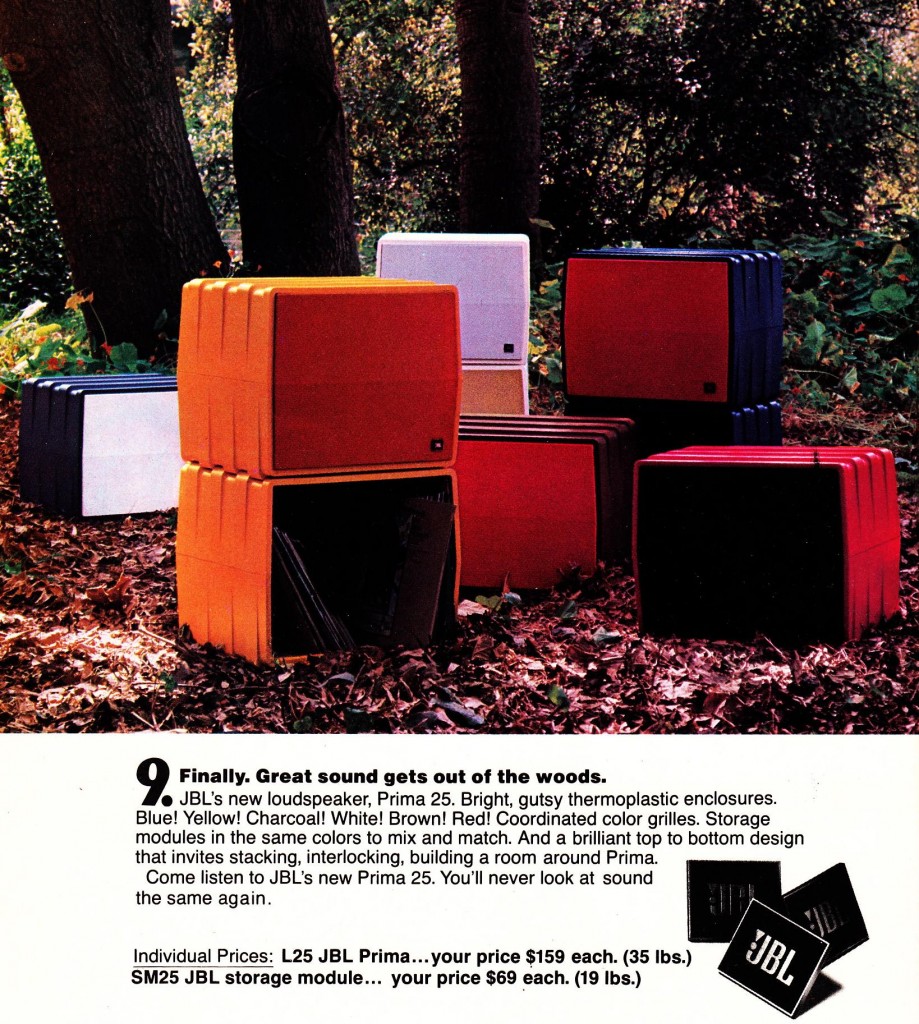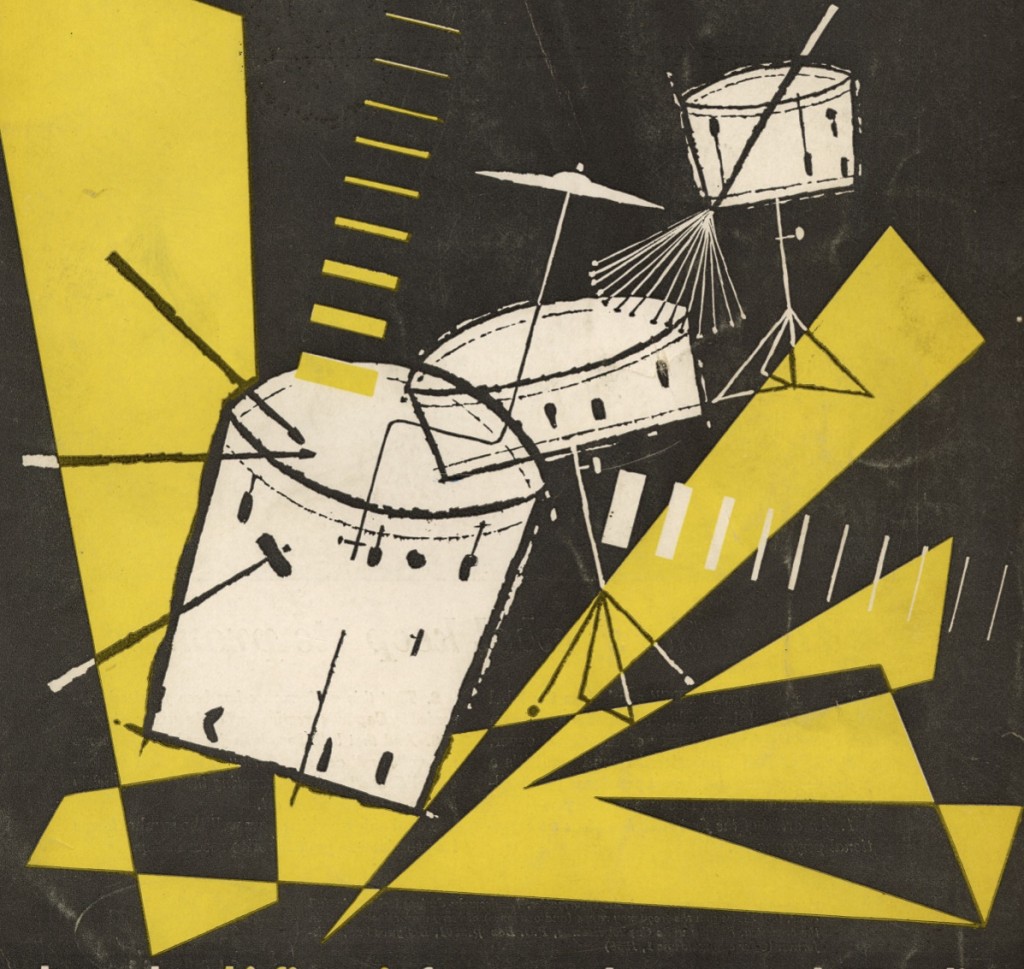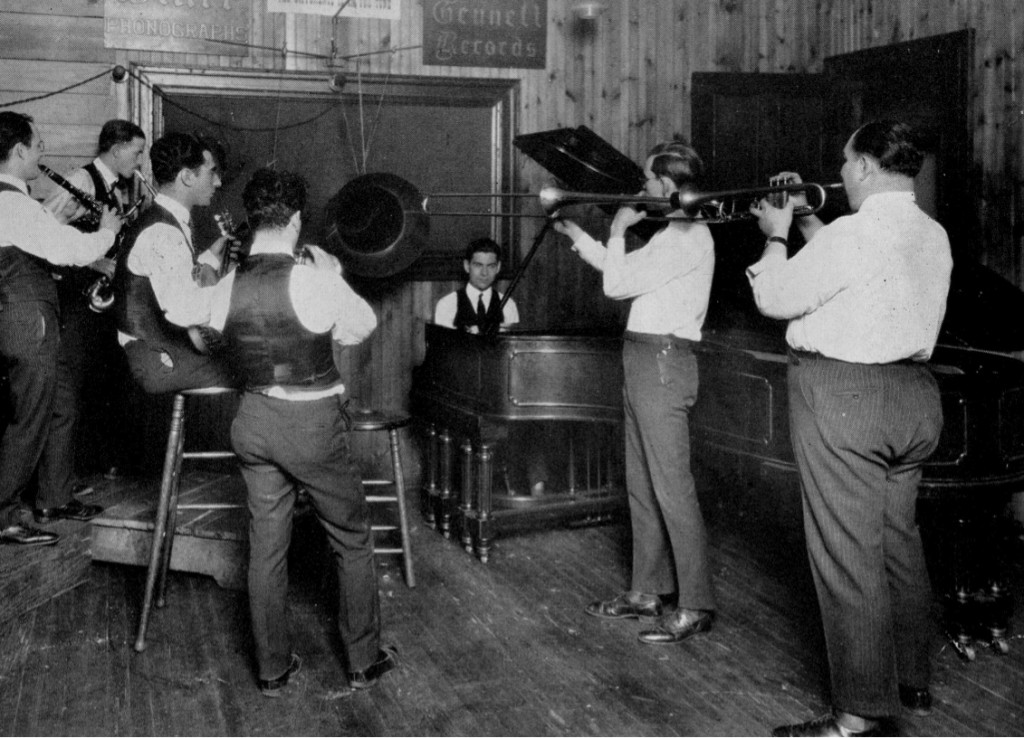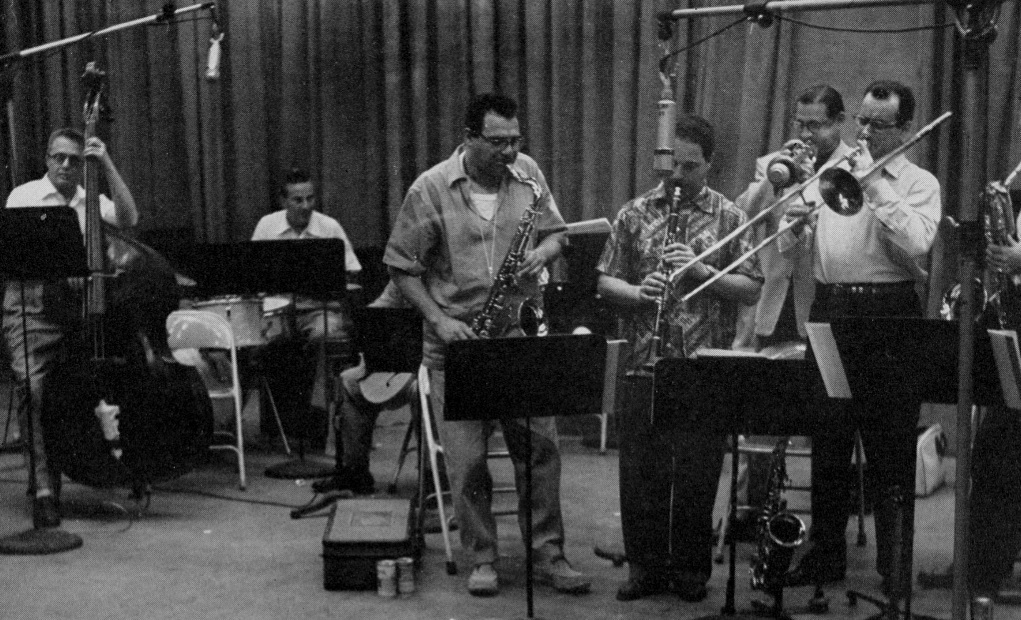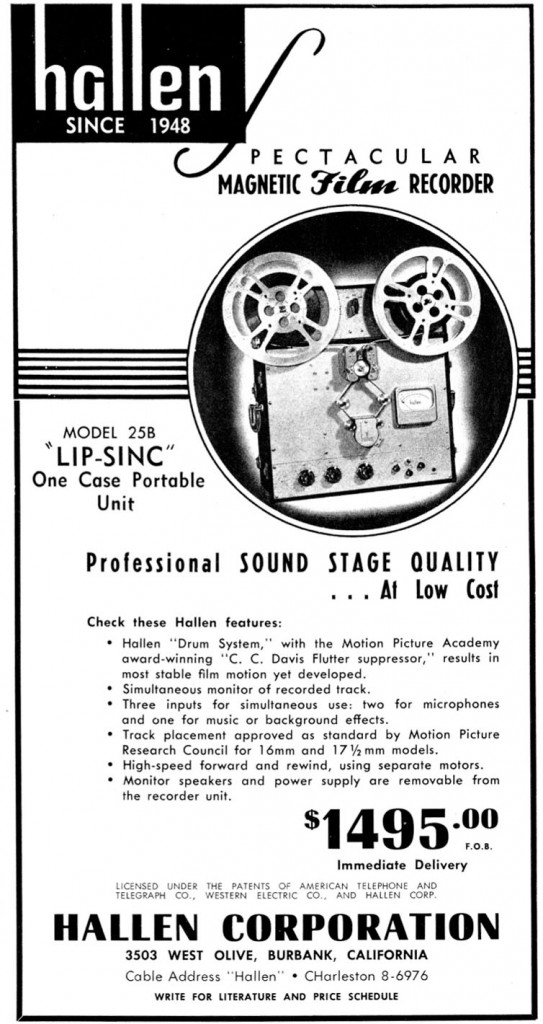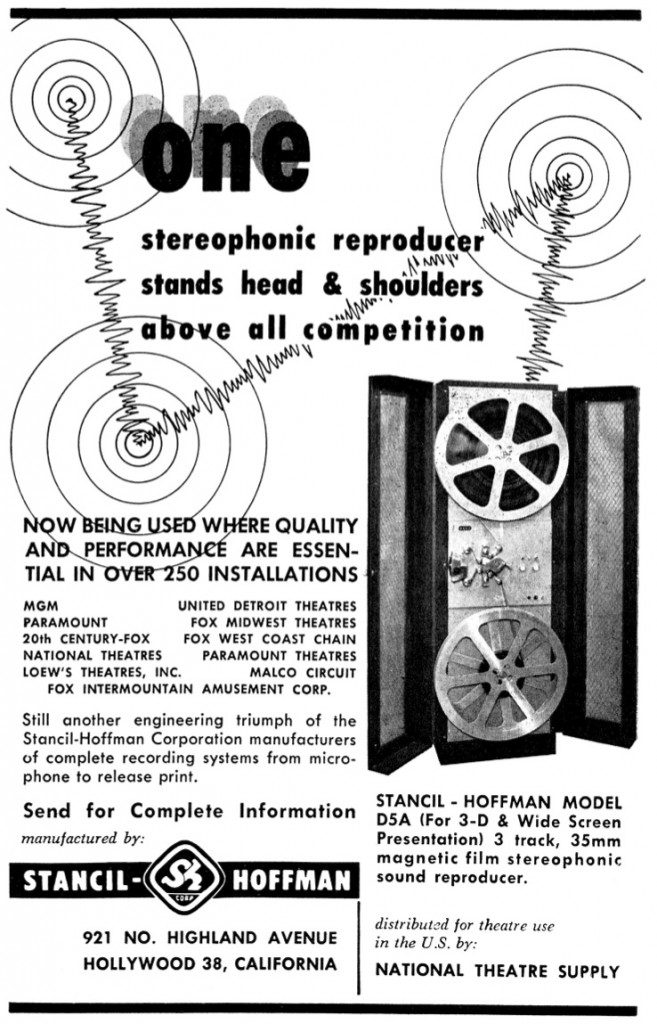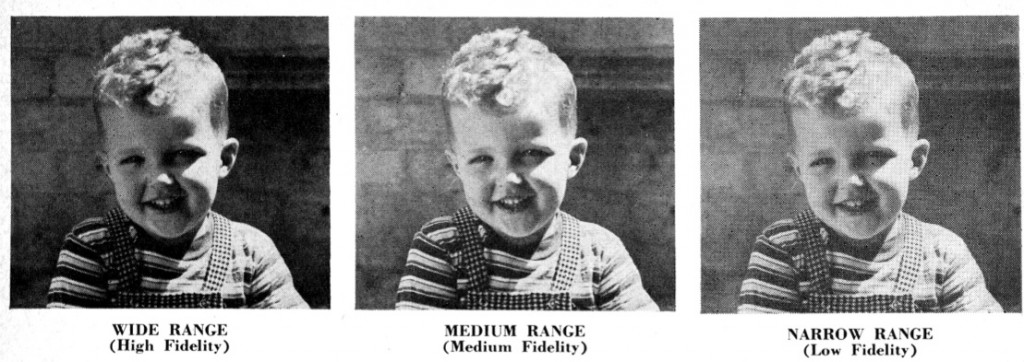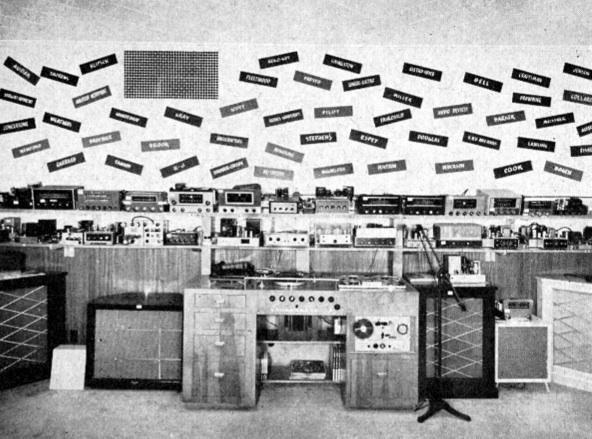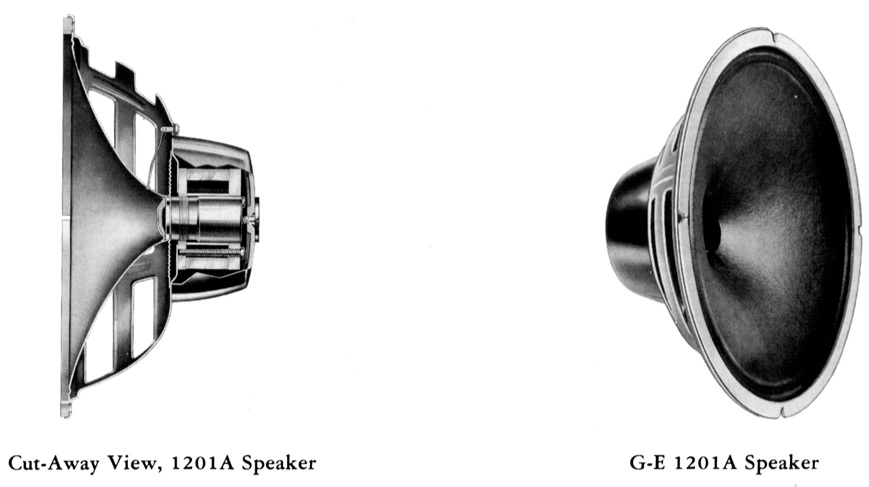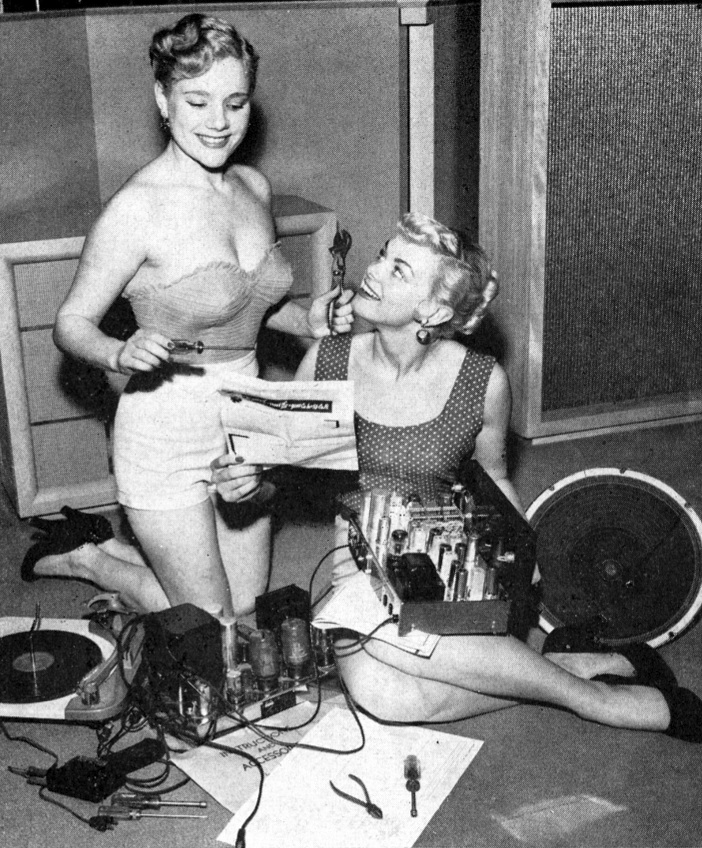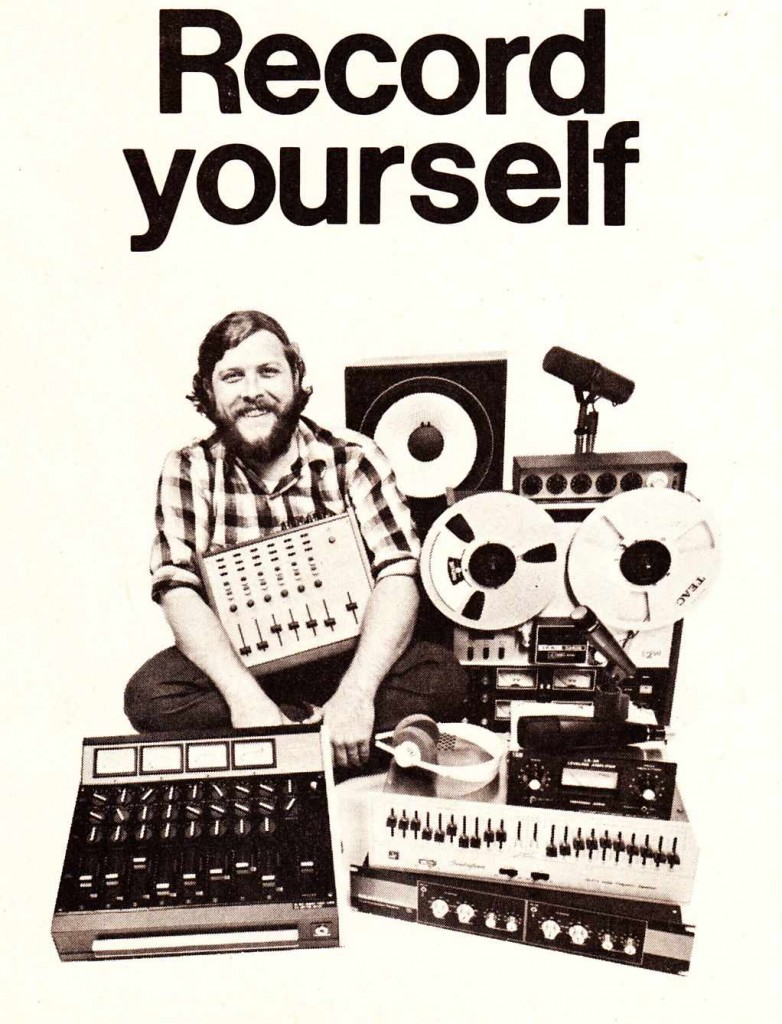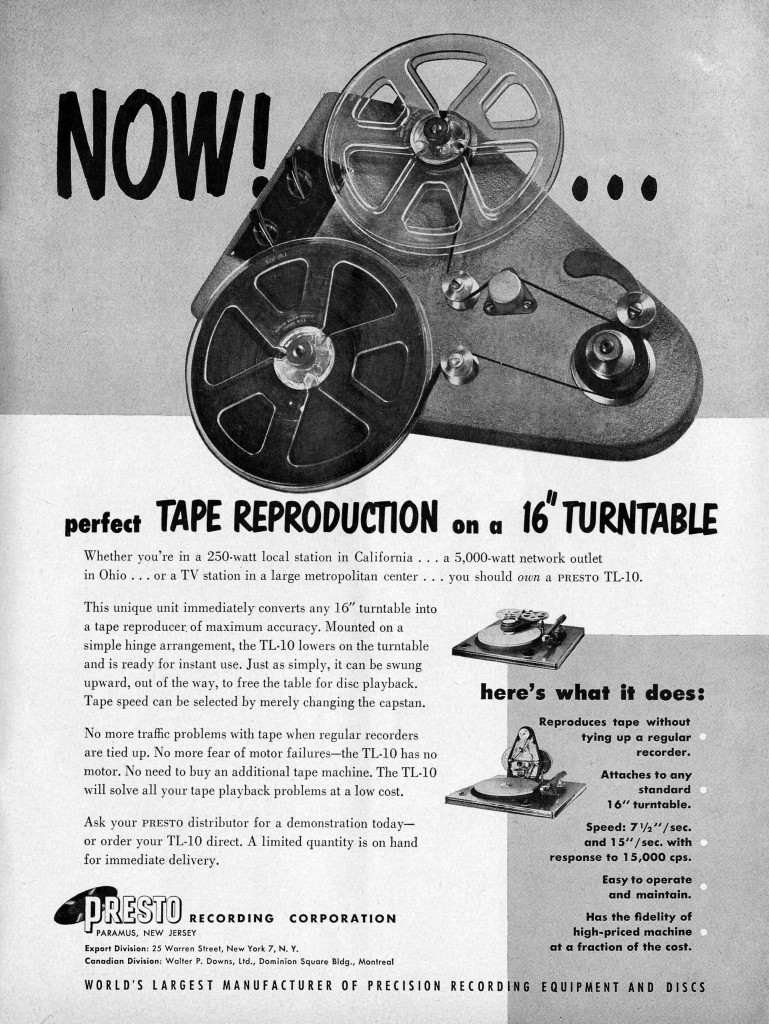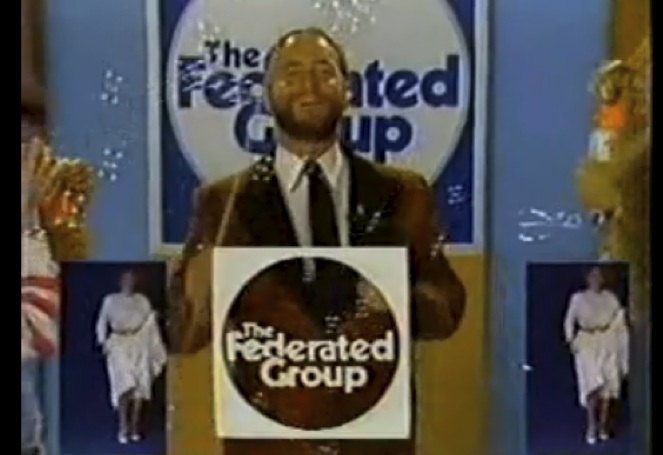 If you’ve been reading this website for a while, you’ll know that I post a lot of old print adverts and catalogs featuring 1920’s – 1980’s audio equipment. I collect this sort of paper and I have 1000s of pieces of this stuff that I am slowly bringing online for y’all.
If you’ve been reading this website for a while, you’ll know that I post a lot of old print adverts and catalogs featuring 1920’s – 1980’s audio equipment. I collect this sort of paper and I have 1000s of pieces of this stuff that I am slowly bringing online for y’all.
Larger consumer electronics chains also produced adverts for cable and local television broadcast. Most of them were negligible affairs driven solely by budget concerns, but every field will have its mavericks. My good friend GJ turned me on to the collected television advertising of the Federated chain of stores. GJ: “…the Federated spots…were done by Shadoe Stevens when he was a young unknown playing a guy named Fred. They were small time/ cheap and weird and made a little shop really popular. Developed a cult following…some are amazing and inspiring.” No small praise coming from GJ, a fine director himself. You can watch his latest production, a music video for the fantastic group Peaking Lights, at this link.
I won’t offer any analysis or commentary on the Federated spots, as one could quite literally write a book about this series of spots: there is that much going on as far as the highly intertextual and media-aware nature of these little narratives, the smart visual language, and the savvy use of minimal production bucks to create memorable advertising that really does relate well to actual consumer-benefit of the products offered. So get ready for a journey through time and space:
